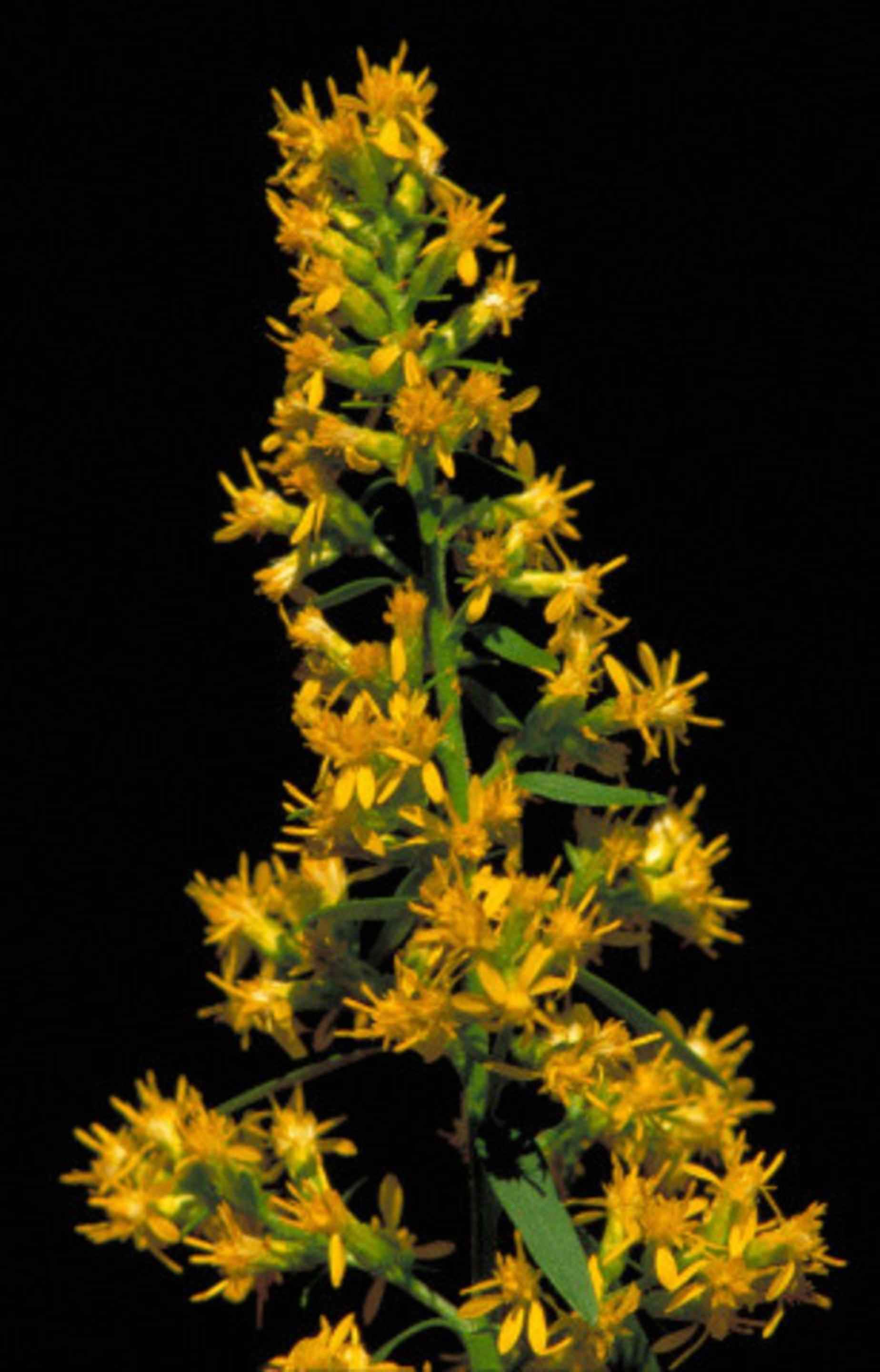By Susan Harkins
Kentucky doesn’t have many winter-hardy wildflowers, so gardeners plant non-natives—daffodil, crocus, and hellebore mostly—to brighten up their early spring yards. By the end of February, I’m crabby and needing a respite and those early blooms sooth my soul and remind me that within a few weeks the world will be warm and full of color again. Daffodils bridge the gap between my “I’m going to die…” stage and “Ah! Spring!” You don’t have to rely on non-natives though, thanks to Hepatica.

Hepatica isn’t Kentucky’s earliest native bloomer. That distinction probably goes to Symplocarpus foetidus, commonly known as skunk cabbage or polecat weed. Unless you have a shady bog to fill, you probably can’t rely on skunk cabbage to scout out spring. The next earliest native bloomer is Hepatica. By mid-April, they’re everywhere, but I’ve spied them earlier.
If they bloomed any later, these small delicate flowers would be totally overwhelmed by the riotous outbreak of warmer spring colors. Somehow, they arrive at just the right time.
Kentucky claims two varieties: Hepatica americana and Hepatic acutiloba. You might once have known this native as Hepatica nobilis, but that is the European species and it no longer applies to our Kentucky species.
Botany
Tiny hairs protect the tender buds that often push through late snow. If you examine them closely, they look fuzzy, as if they’re wearing fur caps for protection. Hairs also protect the stems and leaves, and it’s possible the hairs help retain heat. They are “evergreen,” living a full year.
Blooms appear in a variety of colors: white, pink, lavender, purple, and blue. Their “petals” are actually sepals held in place by three bracts. The number of sepals varies, and they last for weeks. Heart-shaped leaves grow at the stem’s base. Hepatica means liver in Latin, and the name is derived from its liver-shaped winter leaves. That also explains its common names, liverwort and liverleaf.
Once the sepals die, a set of new leaves emerge to continue soaking in the sun’s ray, storing up energy for next spring’s early blooms. As winter moves in, the leaves darken until they seem to disappear, but they’re ready to start photosensitizing with spring’s first hint of sun. That “evergreen” leaf is the reason Hepatica can bloom so early in the spring.
You might wonder how this flower pollinates considering how few insects are out and about in early spring. Cross-pollination by an insect, such as solitary bees, is preferred, but this plant is autogamous–it can fertilize itself!
In your garden
Besides keeping you sane until spring truly erupts, this little beauty makes a lovely garden plant. Once established, they spread quickly and form little clumps of flowers that are a sweet complement to crocus and other non-native spring bloomers.
Plant Hepatica in a moist rich soil that receives only a few hours of sun (not full shade). Because they can so easily be obscured, plant them in mass or among ornamental rocks. They need good air flow to prevent leaf spotting.
Fortunately for gardeners, Heptica grows easily from seed. The small seeds are ready to collect in late spring; if the seeds aren’t easy to remove, they’re not ripe. It’s easier to cut the entire star-shaped seed cluster into a bag than to collect only the seeds because of their small size. The seeds are still green when ripe and need a period of warm stratification, followed by cold stratification before they will geminate. For that reason, I recommend that you sow them immediately.
Seeds germinate and produce seed leaves the next spring. They’ll produce flowers their second year, so plan ahead. If you’re germinating in flats, prepare to keep them for two years before transplanting.
Whether you’re a native purist or simply looking for a bridge into spring, consider Hepatica. It’s so delicate that it hardly seems possible that it has survived the harsh winter, but year after year, it not only returns, it celebrates, and we celebrate in kind.















